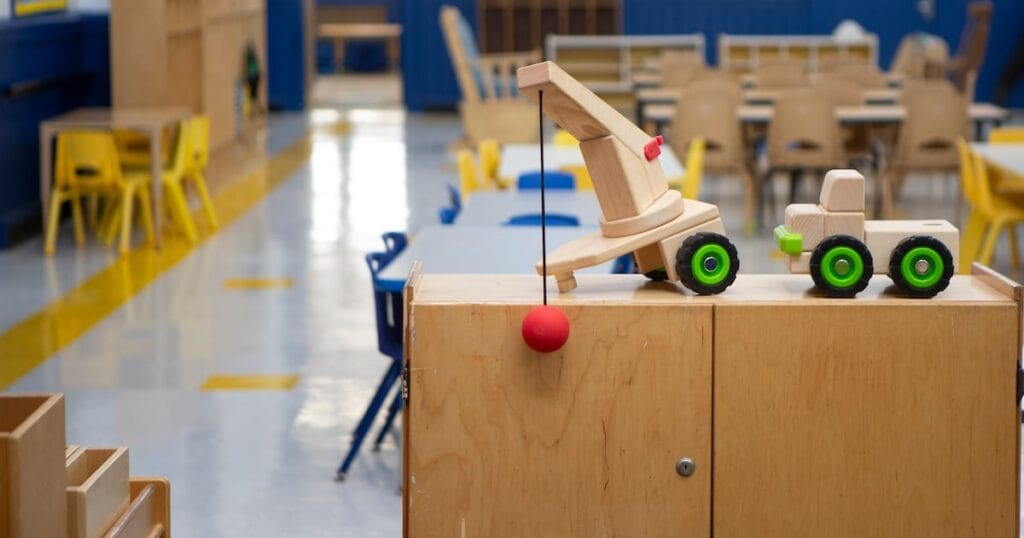Sign up for Chalkbeat Newark’s free newsletter to get the latest news about the city’s public school system delivered to your inbox.
Newark’s public school buildings are among the oldest in the state, with many dating back to the 1920s and in need of repairs and upgrades to support student learning.
Over the years, the district has asked New Jersey to fix its most egregious infrastructure problems, such as crumbling buildings, damaged roofs, broken windows, leaky boilers, and faulty heating and cooling systems.
But many schools are still in need of major renovations that can only be funded by the state. Chalkbeat is looking for feedback from the community about the state of Newark schools and how it’s affecting teaching and student learning.
This spring, a state education department report found that Newark’s middle schoolers are learning in overcrowded public school buildings that fall short of the state’s space requirements. The report also found that roughly two-thirds of the state’s 31 high-poverty districts do not have enough space to meet student needs, underscoring other existing infrastructure problems in Newark and across the state.
In 2024, the state agreed to replace 13 of the district’s oldest school buildings, but the deal leaves out 20 schools that need to be replaced. The state last year also committed to spending nearly $153 million to build a new high school in Newark’s South Ward and relocate a nearby elementary school – a project still in its early stages that requires state funds to begin.
The state, through the Schools Development Authority, is responsible for funding school construction projects in Newark and 30 other high-poverty districts. Overall, the SDA estimated that more than $7 billion is needed to address current construction needs in the 31 high-poverty districts. But the state legislature provides funding to the SDA on a “pay-as-you-go basis” with no long-term financing plan to support the work.
Newark’s infrastructure problems aren’t new, and in 2016, the district identified more than 100 buildings in need of repairs. The state only approved 11 for repairs.
Newark used some of its money to make emergency repairs, renovate school auditoriums, install contactless water fountains, and install air conditioners last summer. Superintendent Roger Leòn had previously suggested a bond for school construction projects but ruled out that option this year after meeting with parents, teachers, and union members who said they would be unlikely to approve the measure. In January, León said the bond would have supplemented the cost of repairing Newark’s aging school buildings.
Advocates have urged the state legislature to invest $500 million annually to fund the SDA after educators and parents from across the state described the experiences of students and staff forced to learn and work in old and crumbling buildings.
These problems have created issues for the educators teaching in Newark’s school buildings and the students learning in them. Chalkbeat Newark wants to know how the district’s aging and overcrowded buildings may be affecting you.
If you are having trouble viewing this form, go here.
Jessie Gómez is a reporter for Chalkbeat Newark, covering public education in the city. Contact Jessie at jgomez@chalkbeat.org.
Jessie Gómez 2025-07-22 19:20:23
Source link

